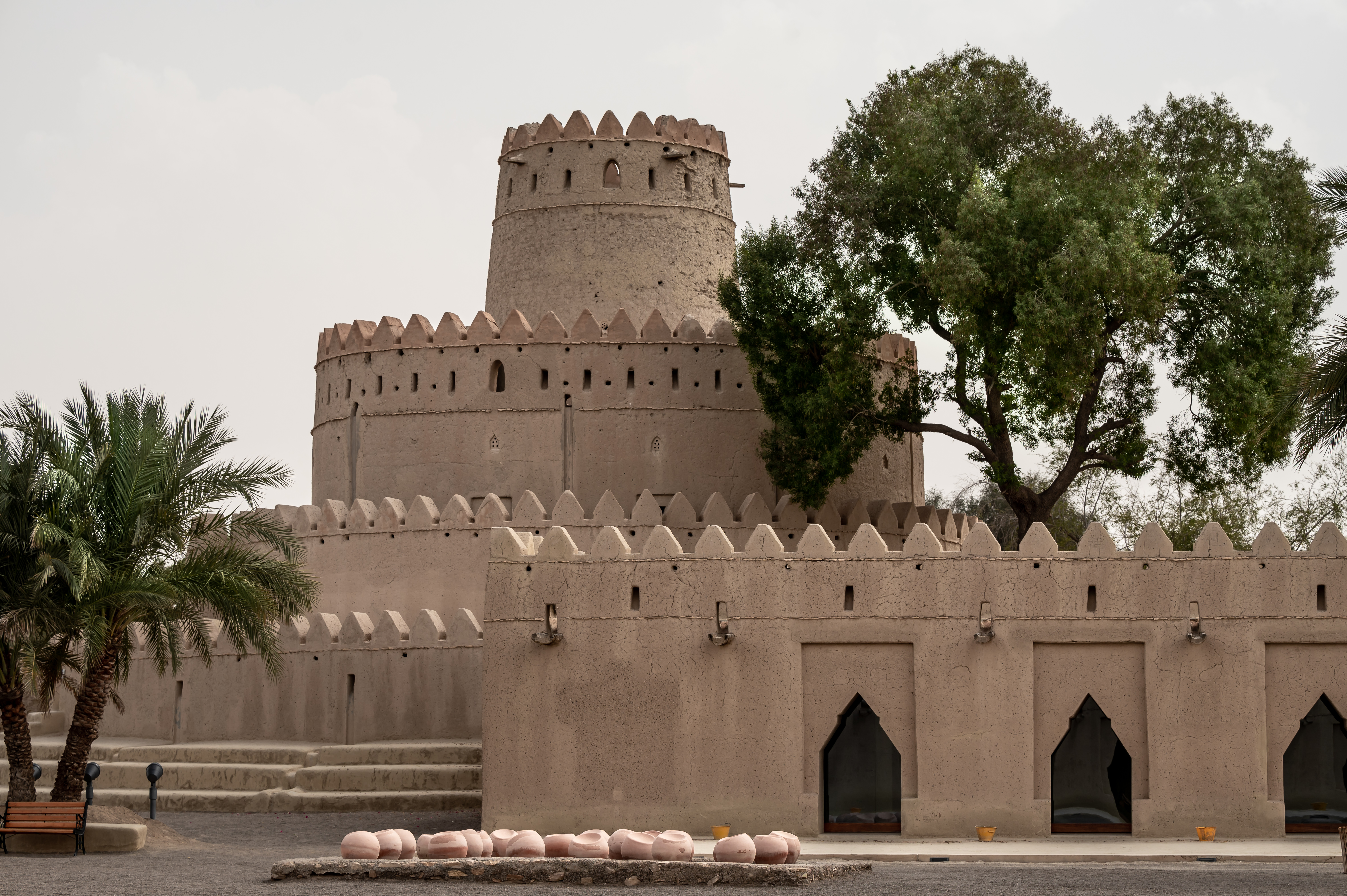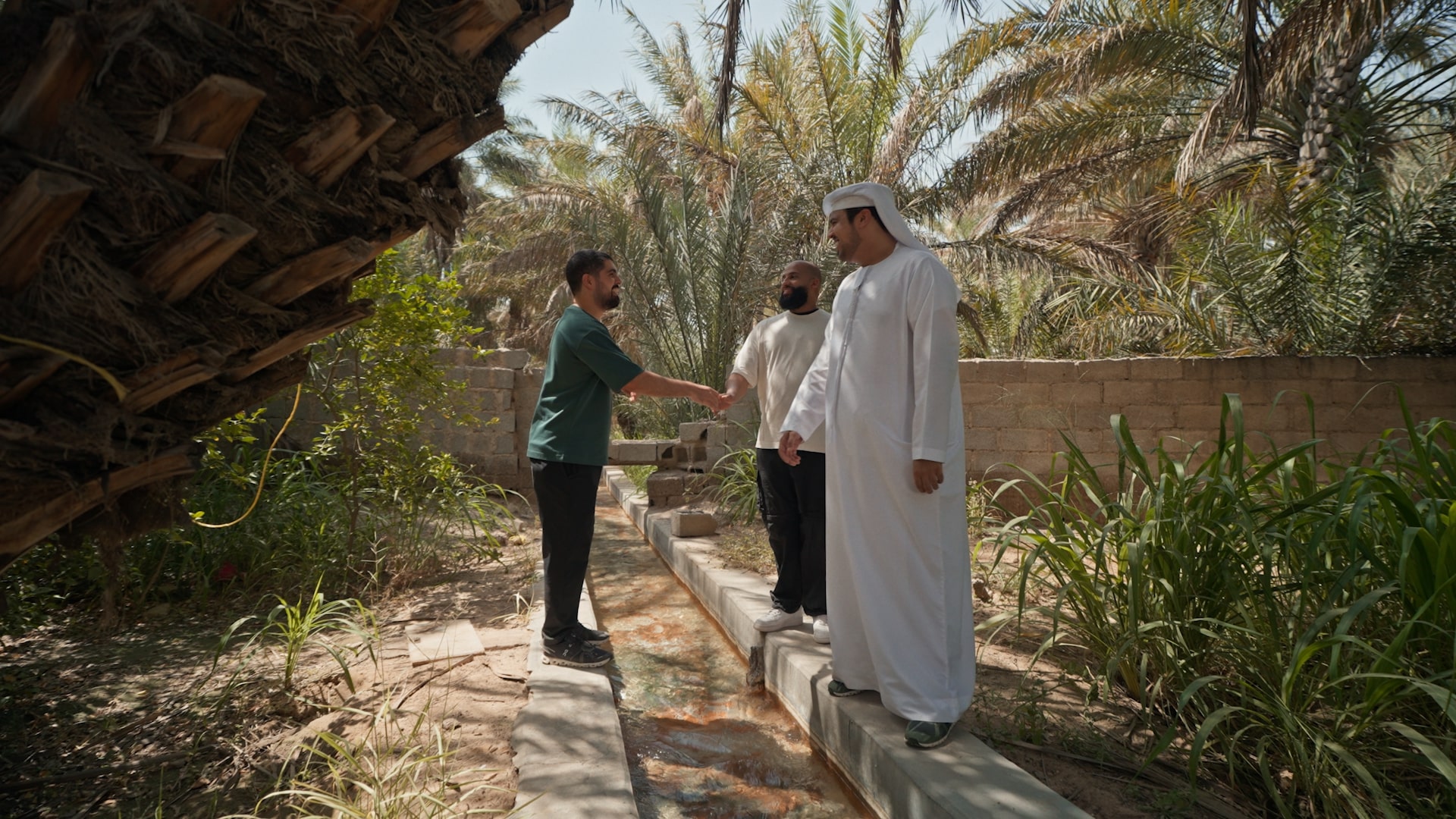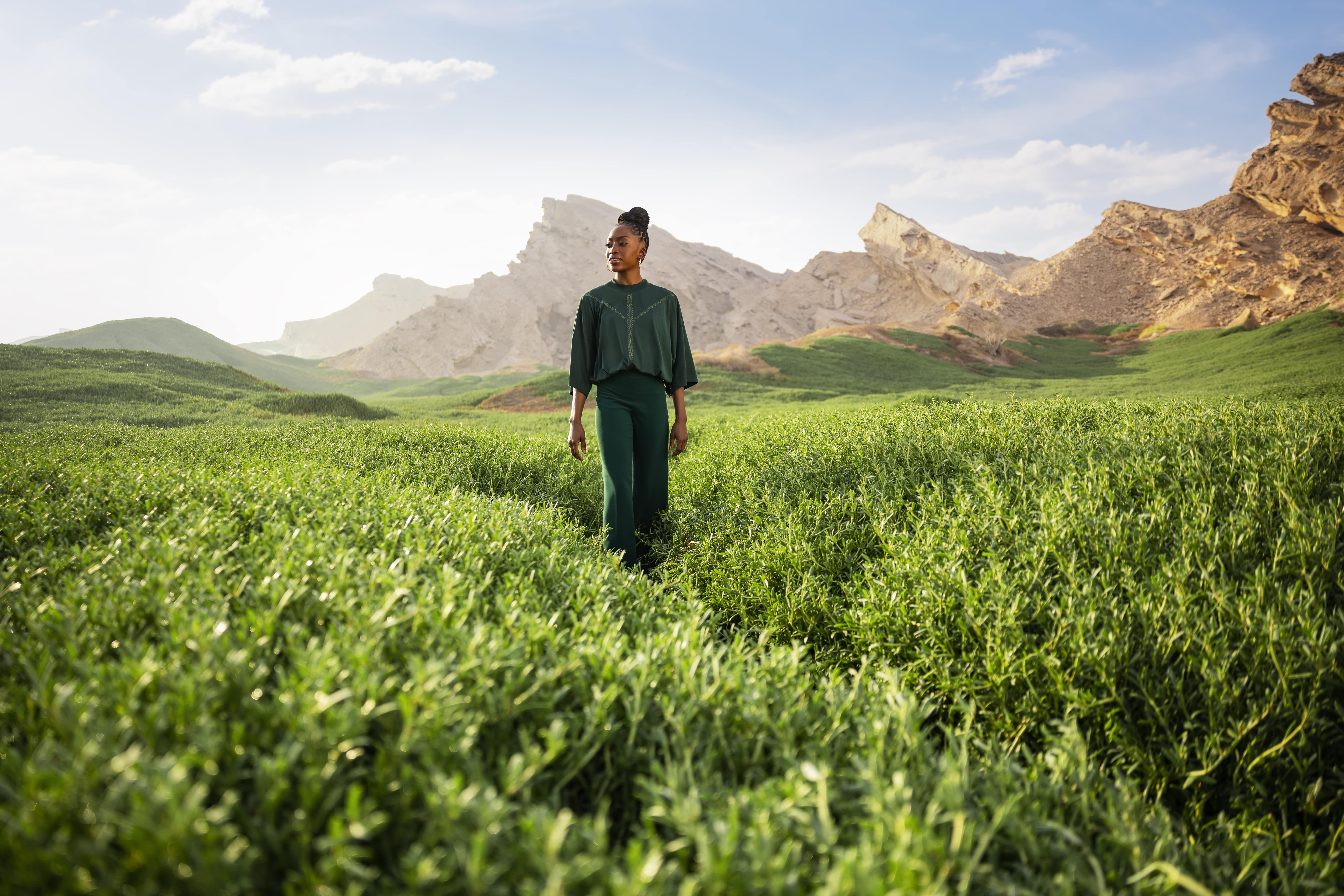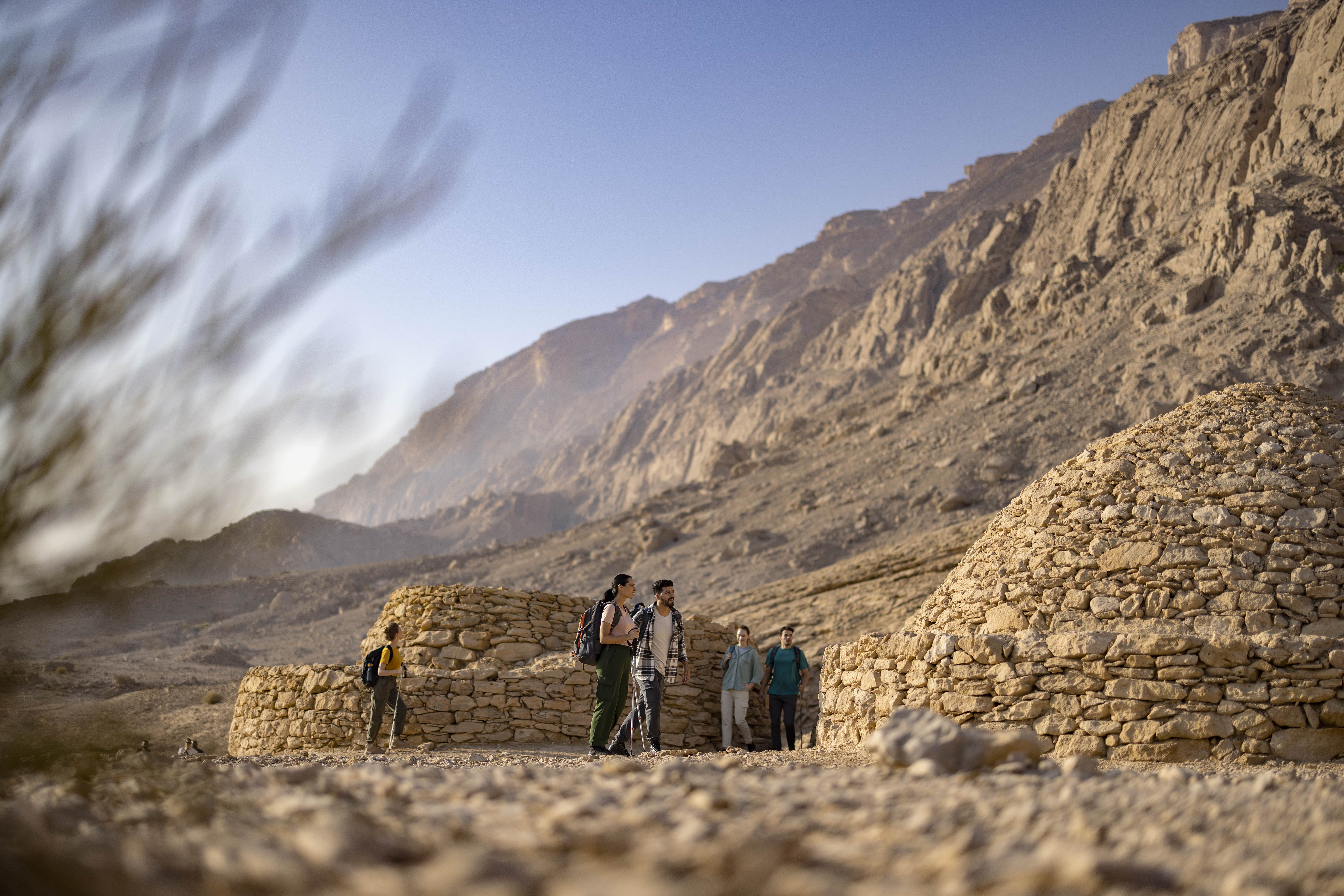
See All
5 must-see cultural hotspots of Al Ain
Exploring the culture of a region isn’t just about ticking places off a list. It’s about understanding the soul of the area, what truly makes it beloved and what sets it apart as a unique destination.
Al Ain’s soul is tied to its ancient oases and incredible historic irrigation systems that have survived through the years, systems that flourish and feed its community. It’s stories of mud-brick forts that stood guard over vital trade routes and whispers of ancient civilisations that have thrived here for more than 4,000 years. Al Ain connects you to the roots of Emirati heritage, offering a rich, authentic cultural experience that few places can match.
Wondering where to start? Here are 5 must-see cultural hotspots in Al Ain that every traveller should explore:
1. Al Ain Oasis
Recognised as an UNESCO World Heritage Site, Al Ain Oasis is an expansive 1,200-hectare oasis with more than 147,000 date palm trees and one of the most popular cultural sites of Al Ain. The oasis is a great place to see one of the oldest falaj irrigation systems that has been nourishing the land for thousands of years. The practice of using and maintaining the falaj system is deeply cultural as it represents an ancient way of life, an ingenious adaptation to the environment, and a community's collective knowledge passed down through generations.
Tips for visiting:
- Location: City centre of Al Ain
- Opening hours: Daily 9:00 AM to 5:30 PM
- Entry fee: Free
- Best time to visit: Visit during the cooler parts of the day
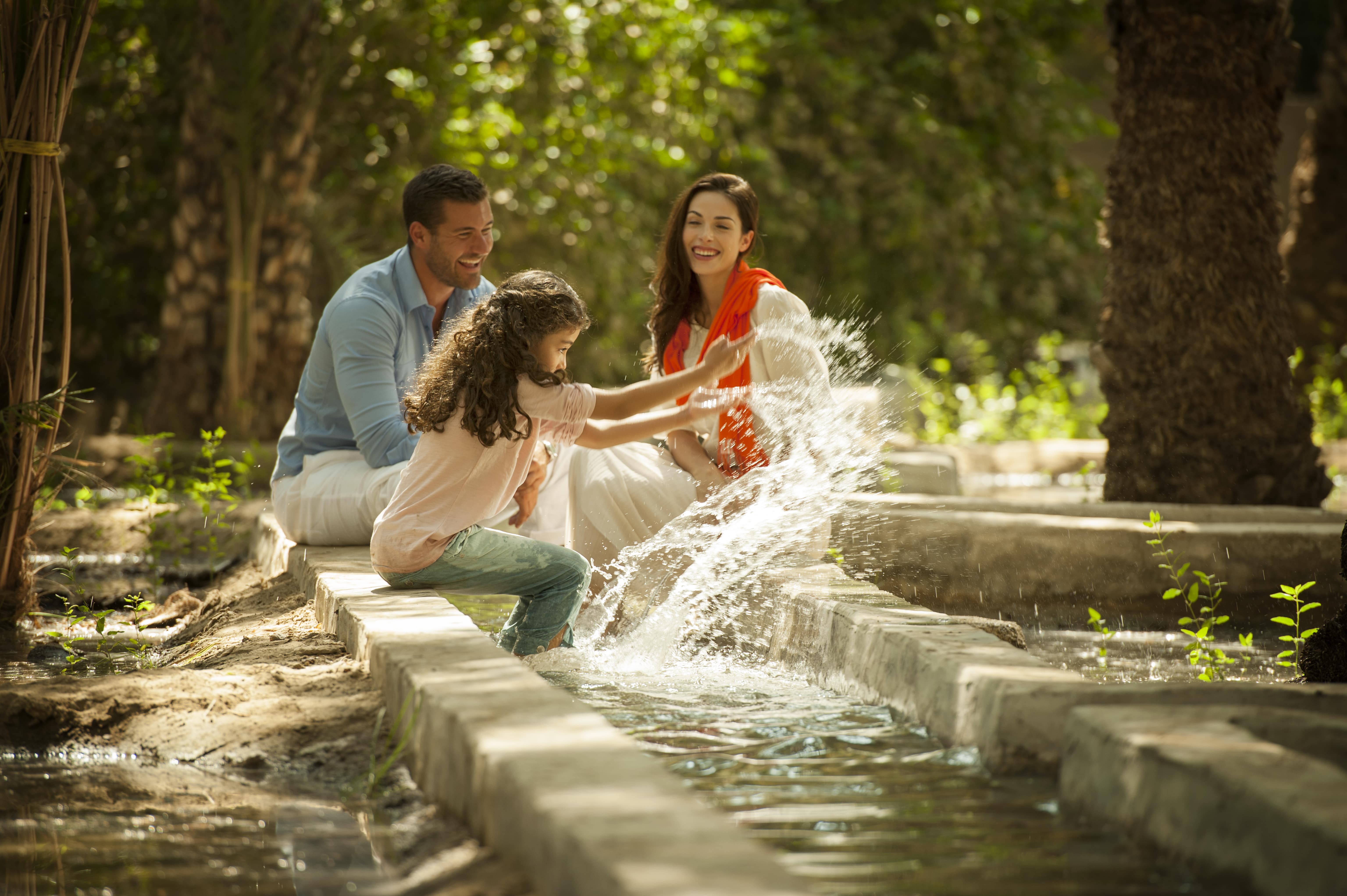
2. Hili Archaeological Park
With remnants from the Bronze Age, Hili Archaeological Park, a UNESCO World Heritage Site, is a great example of Al Ain’s rich heritage. You’ll find remains of ancient villages, tombs and agricultural infrastructure, which is great evidence of how ancient civilisations built homes, organised their societies and fed themselves. The Hili Grand Tomb, dating back to 2000 BCE, provides an intriguing look into how they buried their dead. You’ll also find the ancient falaj irrigation system here.
Tips for visiting:
- Location: Approximately 10 km from Al Ain’s city centre
- Opening hours: From Saturday to Thursday, it's open from 4 PM to 11 PM, and on Fridays, from 1 PM to 11 PM
- Entry fee: Entry is free
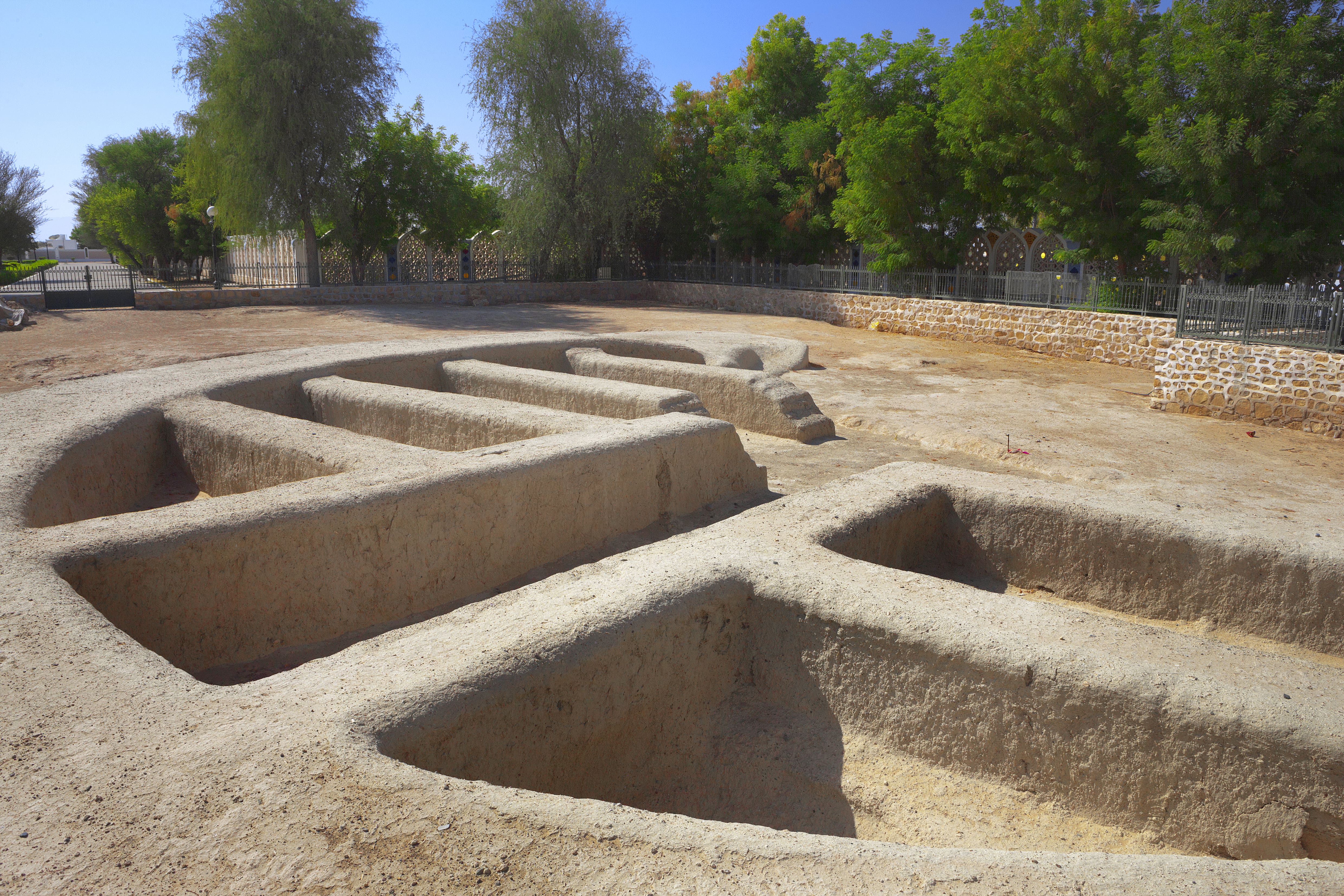
3. Qasr Al Muwaiji
Qasr Al Muwaiji, a beautiful restored mud-brick fort dating back over a century, stands as a pivotal site in UAE history. It was once the generational home and official seat of governance for the Al Nahyan family, the birthplace of the late Sheikh Khalifa bin Zayed Al Nahyan, and the family home of Sheikh Zayed bin Sultan Al Nahyan, the Founding Father. Today, its simple yet striking architecture invites you to walk through history, with an incredible exhibition bringing the stories of the Al Nahyan family and the evolution of the UAE to life through artefacts, photographs, and multimedia presentations.
Tips for visiting:
- Location: in Al Ain city, close to the Muwaiji Oasis.
- Opening hours: 9 AM - 7 PM
- Entry fee: Free
- Things to do: Don't miss the nearby Muwaiji Oasis for a sense of the traditional life that once thrived around the fort
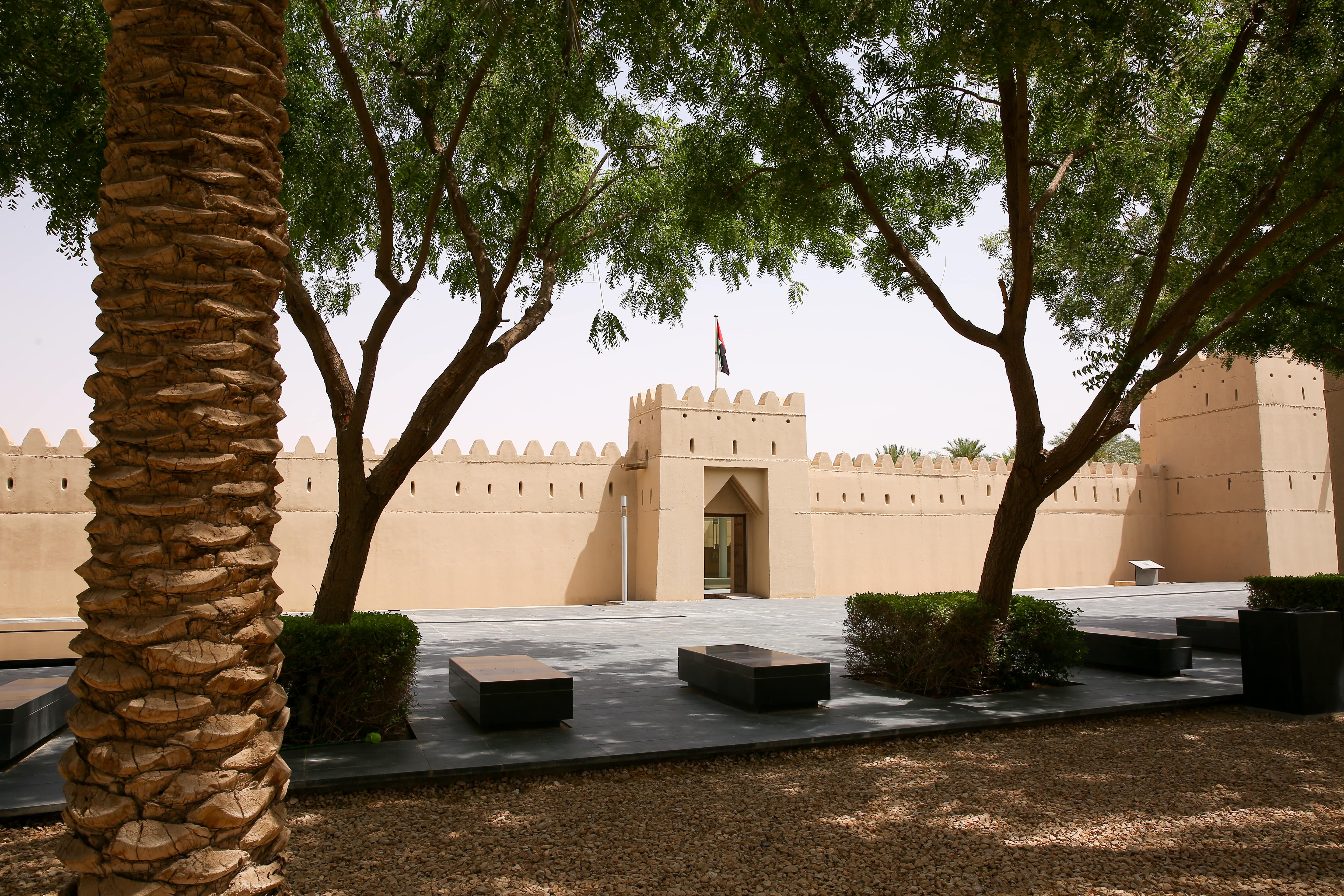
4. Bidaa Bint Saud
Bidaa Bint Saud, a UNESCO World Heritage archaeological site was once a caravan stop from the Iron Age. The site reveals diverse layers of history, including rare Iron Age building structures, falaj irrigation remnants, and 5,000-year-old Bronze Age tombs.
Tips for visiting:
- Location: Approximately 20 minutes from Al Ain’s city centre
- Opening hours: 24/7
- Things to do: Explore the archaeological remains, especially the tombs
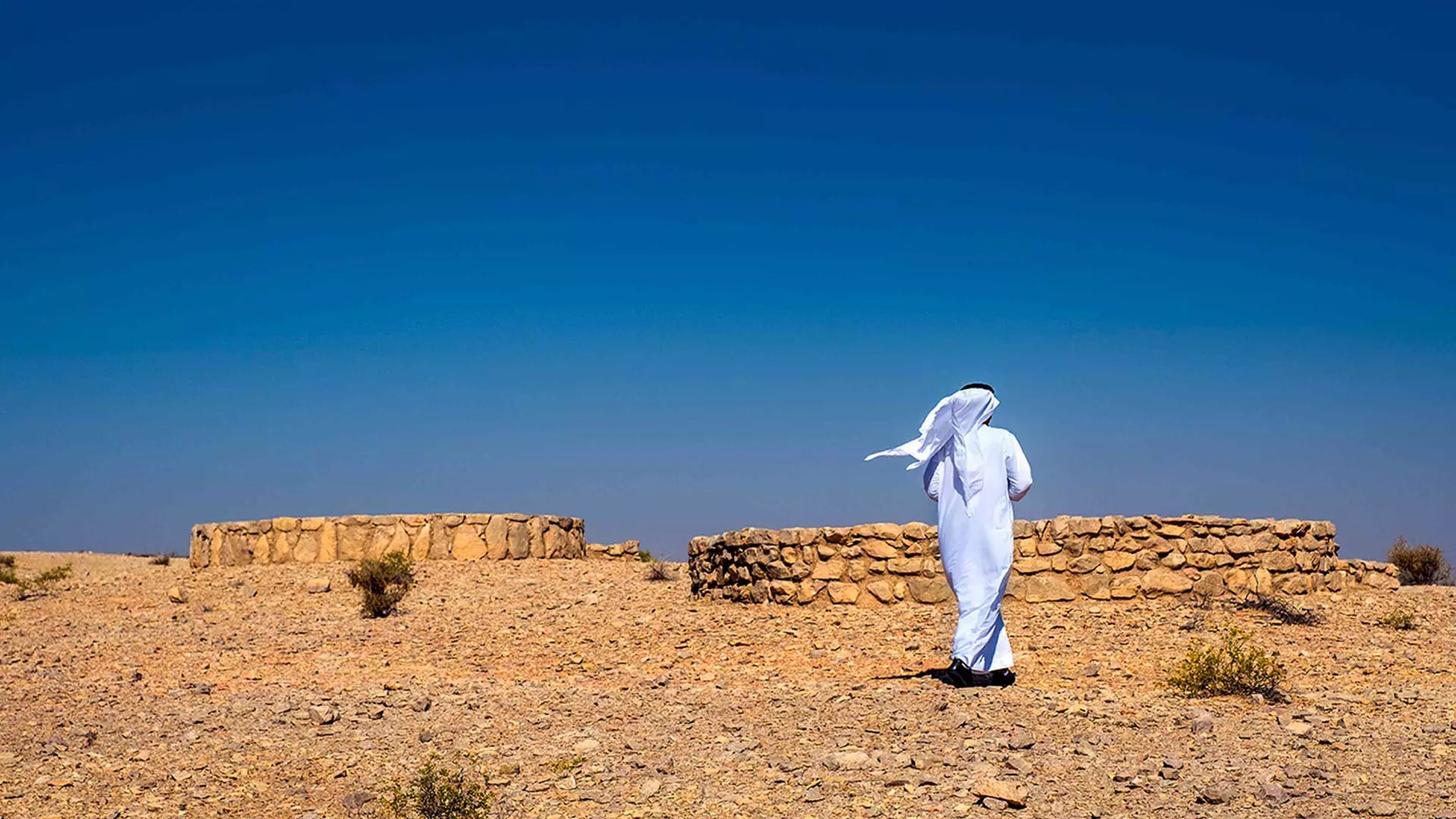
5. Al Ain Camel Market
For a truly immersive cultural experience that connects you directly with a centuries-old tradition, you simply must visit Al Ain Camel Market. This active marketplace is a great example of where Bedouin heritage comes to life. You'll get to experience the age-old practice of buying and selling camels, an animal that has been central to Emirati life for millennia, providing sustenance, transport, and a deep sense of cultural identity.
Tips for visiting:
- Location: Near Al Ain Central Market
- Opening hours: Open daily from 6 AM to 7 PM
- Things to do: A guided tour of the camel market ensures a safe and organised experience for all
- Best time to visit: The best time to witness active trading is before 9 AM
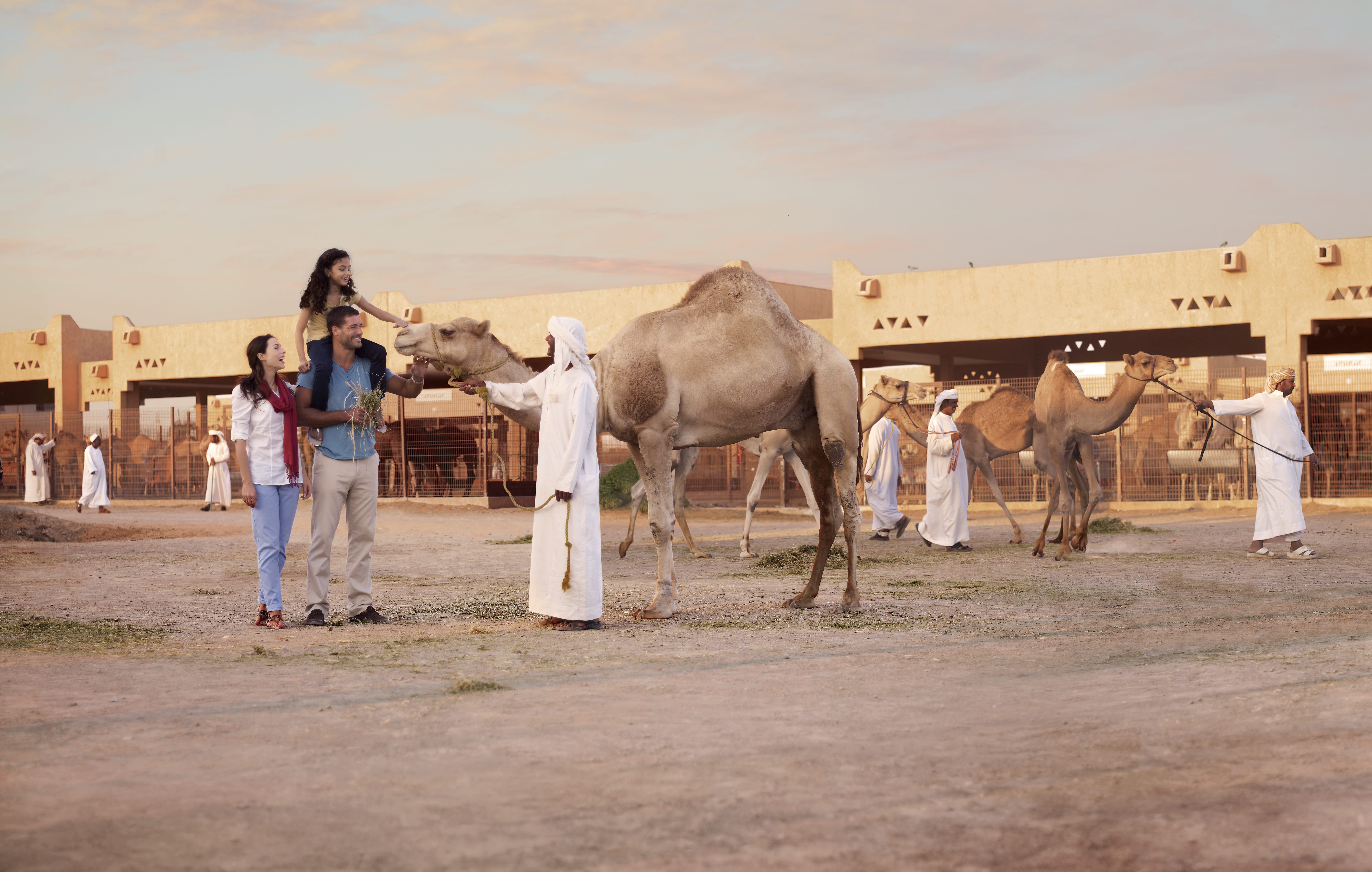
Other places to visit
Frequently Asked Questions
What are the cultural sites of Al Ain?
Several sites in Al Ain have been classified by UNESCO as World Heritage Sites due to remnants of civilisations from over 5000 years ago. Some of these cultural sites include Al Ain Oasis, Al Jahili Fort, Jebel Hafit Beehive Tombs and Hili Archaeological Park.
What is Al Ain famous for?
Al Ain is famous for a few things:
- Its name translates to "the spring" in Arabic and is often referred to as the oasis city.
- The city is the first home and birthplace of Sheikh Zayed bin Sultan Al Nahyan, the UAE's first president.
- It is the second-largest city in Abu Dhabi.
- Several historical sites in Al Ain have received World Heritage Site status from UNESCO.
